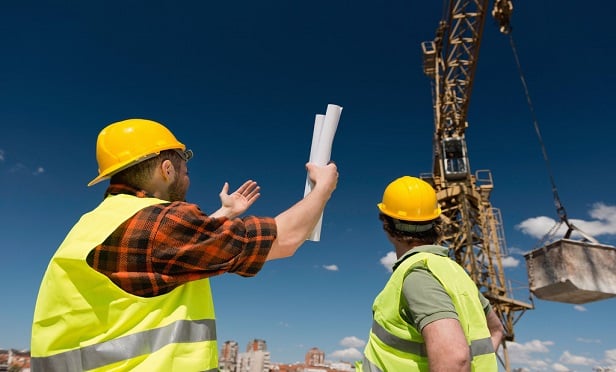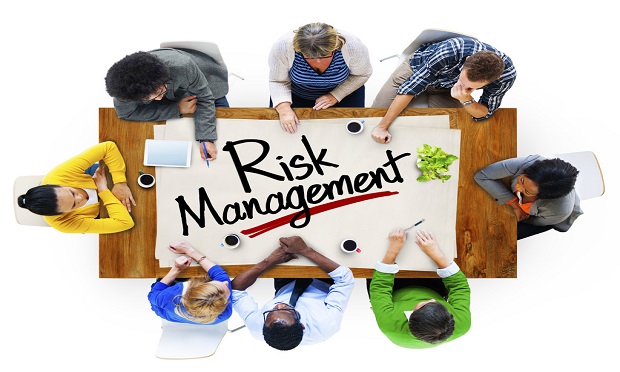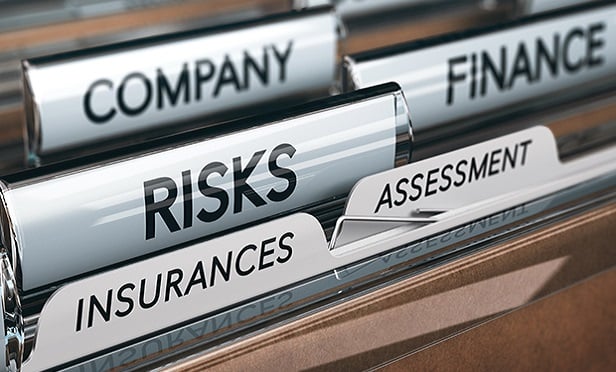 New job site technologies allow workers to easily report hazards or unsafe conditions in the field, in real-time, enabling a more robust, cloud-based record of job site hazards and risk management practices. (Photo: Shutterstock)
New job site technologies allow workers to easily report hazards or unsafe conditions in the field, in real-time, enabling a more robust, cloud-based record of job site hazards and risk management practices. (Photo: Shutterstock)
In general, the construction industry still primarily relies on manual processes and other point solutions to monitor site operations and safety, and track important project information. It is not uncommon, for example, for an injured individual to rely on another worker to leave his/her work area and get help, or for supervisors to manually gather incident details and paper witness statements. Not only do these manual tasks delay incident reporting and response (and potentially increase injury severity), but they also trap important information at the job site — presenting a significant challenge for risk managers responsible for corporate risk structure and strategy across all active projects.
Thankfully, new technologies introduced over the past 18 months are replacing outdated methods and providing greater visibility to increase worker safety, improve reporting and reduce job site risk.
Want to continue reading?
Become a Free PropertyCasualty360 Digital Reader
Your access to unlimited PropertyCasualty360 content isn’t changing.
Once you are an ALM digital member, you’ll receive:
- Breaking insurance news and analysis, on-site and via our newsletters and custom alerts
- Weekly Insurance Speak podcast featuring exclusive interviews with industry leaders
- Educational webcasts, white papers, and ebooks from industry thought leaders
- Critical converage of the employee benefits and financial advisory markets on our other ALM sites, BenefitsPRO and ThinkAdvisor
Already have an account? Sign In Now







